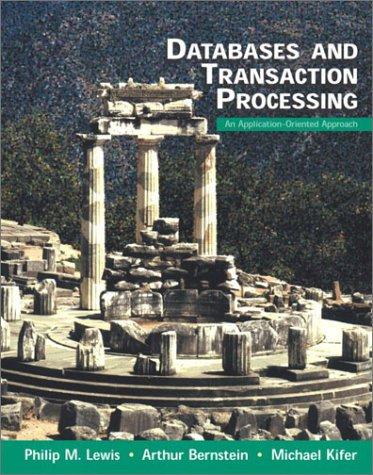Answered step by step
Verified Expert Solution
Question
1 Approved Answer
Implement a Haskell function varmap::String -> [(String,Int)] -> Int, based on the denotational semantics function VARMAP, that takes an identifier and a list of identifier-value
Implement a Haskell function varmap::String -> [(String,Int)] -> Int, based on the denotational semantics function VARMAP, that takes an identifier and a list of identifier-value pairs and returns the value associated with the identifier in the list. To accommodate Haskells static typing, you may assume the values are non-negative integers and use -1 in place of undef. You may also return -1 as an error code if the identifier is not in the list.

Step by Step Solution
There are 3 Steps involved in it
Step: 1

Get Instant Access to Expert-Tailored Solutions
See step-by-step solutions with expert insights and AI powered tools for academic success
Step: 2

Step: 3

Ace Your Homework with AI
Get the answers you need in no time with our AI-driven, step-by-step assistance
Get Started


